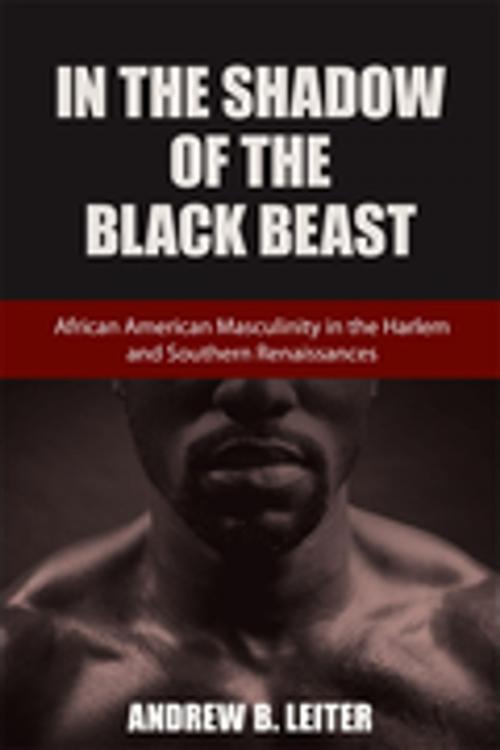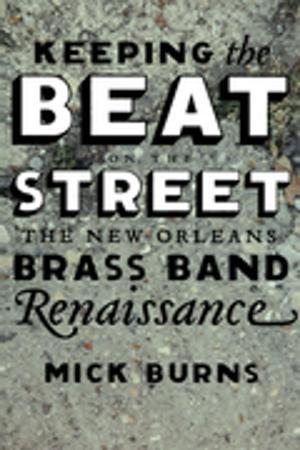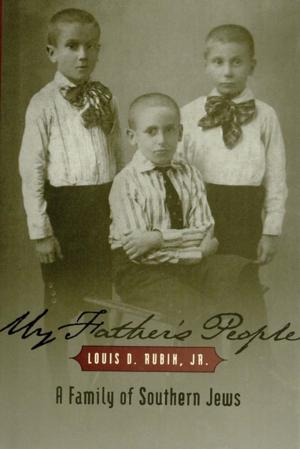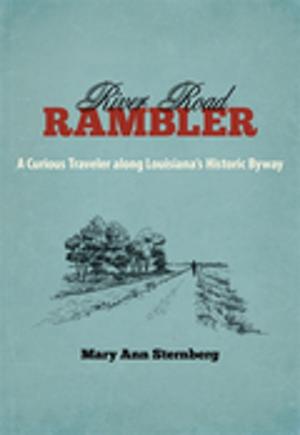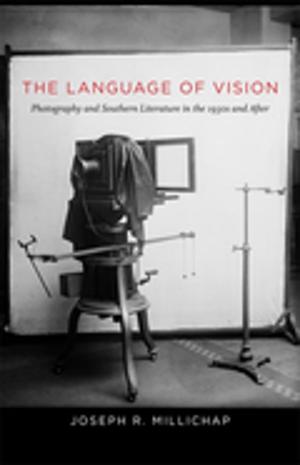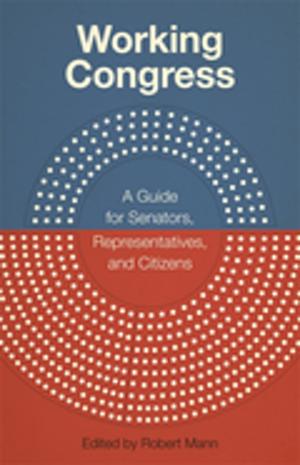In the Shadow of the Black Beast
African American Masculinity in the Harlem and Southern Renaissances
Fiction & Literature, Literary Theory & Criticism, Black, American| Author: | Andrew B. Leiter | ISBN: | 9780807146354 |
| Publisher: | LSU Press | Publication: | May 1, 2010 |
| Imprint: | LSU Press | Language: | English |
| Author: | Andrew B. Leiter |
| ISBN: | 9780807146354 |
| Publisher: | LSU Press |
| Publication: | May 1, 2010 |
| Imprint: | LSU Press |
| Language: | English |
Andrew B. Leiter presents the first book-length study of the sexually violent African American man, or "black beast," as a composite literary phenomenon. According to Leiter, the black beast theme served as a fundamental link between the Harlem and Southern Renaissances, with writers from both movements exploring its psychological, cultural, and social ramifications. Indeed, Leiter asserts that the two groups consciously engaged one another's work as they struggled to define roles for black masculinity in a society that viewed the black beast as the raison d'être for segregation.
Leiter begins by tracing the nineteenth-century origins of the black beast image, and then provides close readings of eight writers who demonstrate the crucial impact anxieties about black masculinity and interracial sexuality had on the formation of American literary modernism. James Weldon Johnson's The Autobiography of an Ex-Colored Man, Walter White's The Fire in the Flint, George Schuyler's Black No More, William Faulkner's Light in August, Margaret Mitchell's Gone with the Wind, Allen Tate's The Fathers, Erskine Caldwell's Trouble in July, and Richard Wright's Native Son, as well as other works, provide strong evidence that perceptions of black male sexual violence shaped segregation, protest traditions, and the literature that arose from them.
Leiter maintains that the environment of southern race relations -- which allowed such atrocities as the Atlanta riot of 1906, numerous lynchings, Virginia's Racial Integrity Act, and the Scottsboro trials -- influenced in part the development of both the Harlem and Southern Renaissances. While the black beast image had the most pernicious impact on African American individual and communal identities, he says the "threat" of black masculinity also shaped concepts of white national and communal identities, as well as white femininity and masculinity. In the Shadow of the Black Beast signals a fresh interpretation of a literary stereotype within its social and historical context.
Andrew B. Leiter presents the first book-length study of the sexually violent African American man, or "black beast," as a composite literary phenomenon. According to Leiter, the black beast theme served as a fundamental link between the Harlem and Southern Renaissances, with writers from both movements exploring its psychological, cultural, and social ramifications. Indeed, Leiter asserts that the two groups consciously engaged one another's work as they struggled to define roles for black masculinity in a society that viewed the black beast as the raison d'être for segregation.
Leiter begins by tracing the nineteenth-century origins of the black beast image, and then provides close readings of eight writers who demonstrate the crucial impact anxieties about black masculinity and interracial sexuality had on the formation of American literary modernism. James Weldon Johnson's The Autobiography of an Ex-Colored Man, Walter White's The Fire in the Flint, George Schuyler's Black No More, William Faulkner's Light in August, Margaret Mitchell's Gone with the Wind, Allen Tate's The Fathers, Erskine Caldwell's Trouble in July, and Richard Wright's Native Son, as well as other works, provide strong evidence that perceptions of black male sexual violence shaped segregation, protest traditions, and the literature that arose from them.
Leiter maintains that the environment of southern race relations -- which allowed such atrocities as the Atlanta riot of 1906, numerous lynchings, Virginia's Racial Integrity Act, and the Scottsboro trials -- influenced in part the development of both the Harlem and Southern Renaissances. While the black beast image had the most pernicious impact on African American individual and communal identities, he says the "threat" of black masculinity also shaped concepts of white national and communal identities, as well as white femininity and masculinity. In the Shadow of the Black Beast signals a fresh interpretation of a literary stereotype within its social and historical context.
